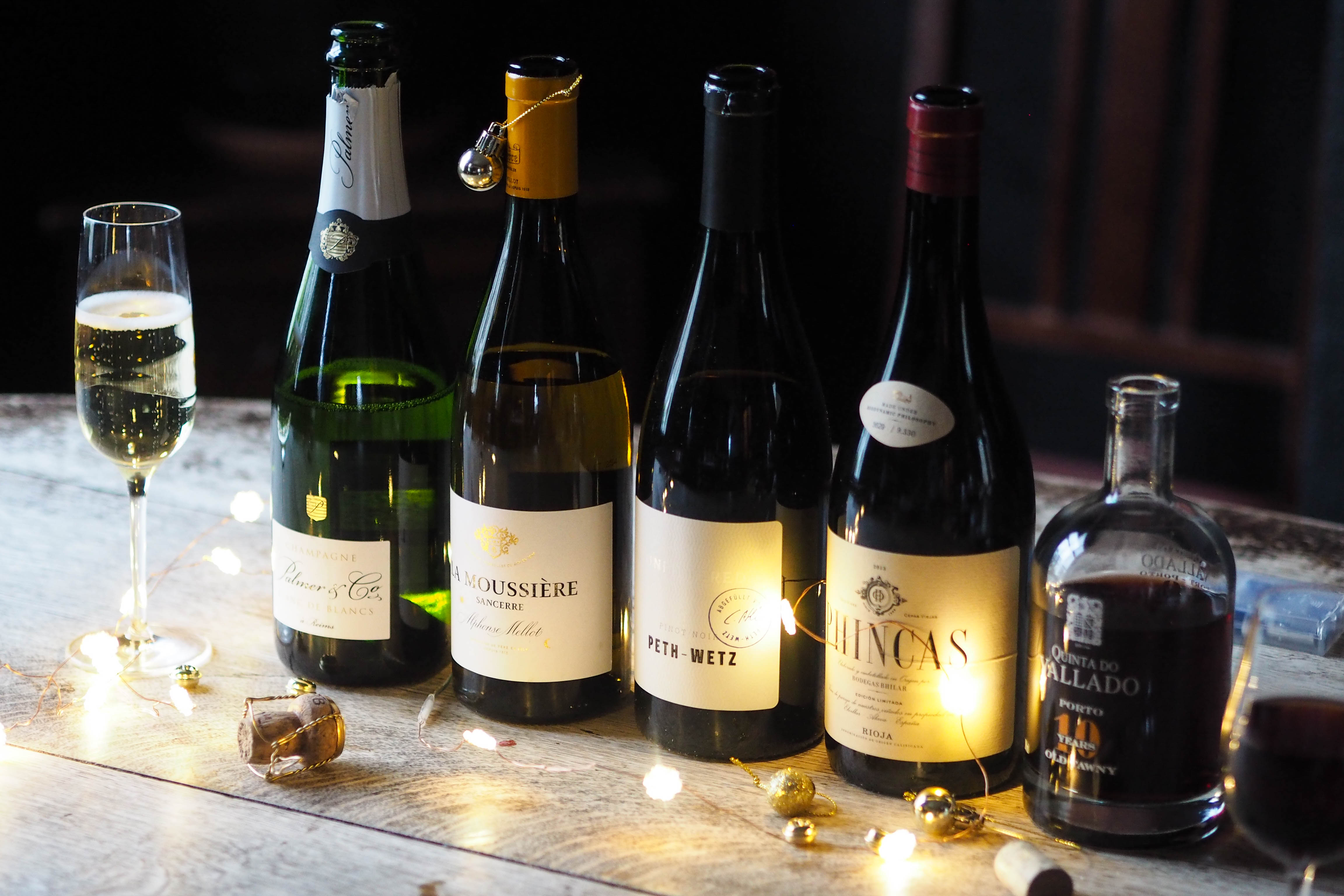6 Vital Things You Should Know About Proper Wine Storage

The company's tannins could be stalky, green (in years when the phenolic ripeness is not adequate) or ripe in good years. Importantly, even when the tannins are ripe, typically taste coarse, in the youth among the wine. But this softens out becoming wine a long time. And there is nothing compared to an aged, silky, soft tannin claret. On one other hand, for a poor vintage, a green, stalky tannin will remain so despite aging.

Fortunately everybody can expand his 'vocabulary of scents' through training. It is just like learning an overseas language. Noisier is your vocabulary, better you speak the names. This is no different for the language of claret.
These droplets you see are referred to as the legs, or tears, or cathedral window shades. but you want to know exactly how happening, and , it an indication of ripeness of sugar (or the deficit of it thereof?). When you swirl the wine basically you cover the inside of your glass with 3 things, water, ethanol and glycerol. Ethanol could be the main alcohol of wine and it's the ethanol - or ethyl alcohol content - view on the label expressed by degree of the wine.
If you tend to obtain headaches after drinking wine, you should drink wine less sometimes. You might get a headache from the sulfates. Drink only reasonably to avoid headaches.
#5 Harmony: Wine has several components - fruit, acidity, tannins, alcohol - a well-balanced wine possesses every tinnitus is created elements in proper proportion to one another. When one of the components ends bearing it disrupts the total amount. Balance also allows a wine to have a distinct try.
A thick wine glass makes drinking more difficult, so a thin rim is preferred. A skinny rim allows your wine to glide over the rim easily and within the mouth.
Intensity of flavor. light, m-, m, m+, conspicuous. This is an important reading, and also has to do with the dry extract content of the wine. https://ruoutaychinhhang.com/lagavulin-10-nam.html is, the dry parts to the liquid some part. In a poor year for instance, under insufficient phenolic ripeness, the wine will donrrrt you have a great intensity of flavor, for your flavor most likely be be diluted by much rain and little light.
Aftertaste. Really important attribute that is directly associated with the quality, and into the quality within the vintage. Again, it may be the dry extract content presents intensity and aftertaste to your wine rrncluding a long aftertaste is usually a good sign. Likewise, a cold, rainy year that produces no phenolic ripeness and as a consequence little extract will end up with wines with short aftertaste.
